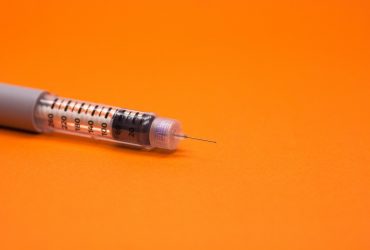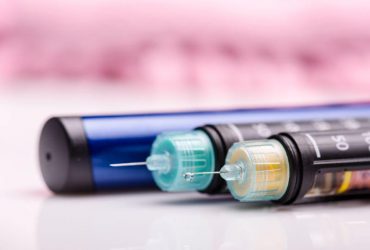However, the agency noted officials cannot rule out that 'a small risk may exist,' and it will continue to investigate
Findings seen in large cohort of mothers followed for median 6.9 years, with highest excess risk in first year after diagnosis
Findings seen in large cohort of mothers followed for median 6.9 years, with highest excess risk in first year after diagnosis
No increased risk for suicidal ideation seen with semaglutide versus non-GLP1R agonist antiobesity medications
Increased risk for suicide seen among registered nurses, health technicians, health care support workers versus non-health care workers
Posttraumatic stress disorder symptoms associated with suicidal ideation, with PTSD a full mediator between discrimination and suicide
Firearms most common method among men; rapid increases seen among men and women in suicide by hanging
Possible dose-response relationship seen for concussions among boys
Industry groups with highest suicide rates include mining, construction, and arts, entertainment, and recreation
Increase tied to decline in living conditions for children, not illicit opioid use










